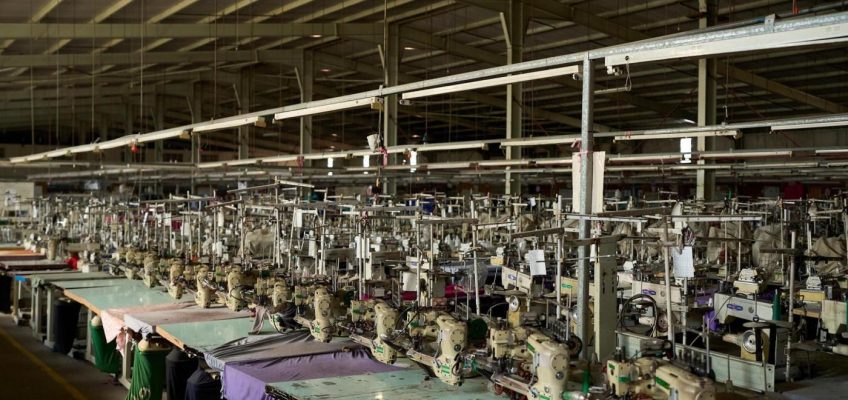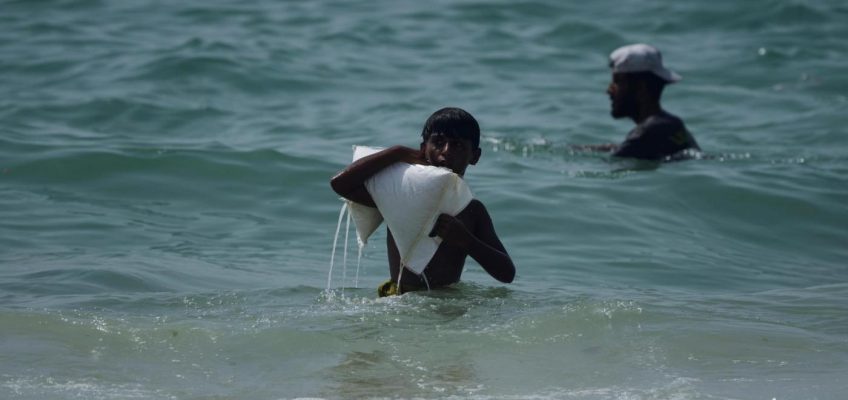By COLLIN BINKLEY, AP Education Writer
WASHINGTON (AP) — The Trump administration is freezing $108 million in research funding to Duke University as the federal government accuses the school of racial discrimination in the form of affirmative action, according to a person familiar with the matter.
Related Articles
Dissent emerges at Federal Reserve among Trump appointees, but a rate change remains unlikely
Texas Republicans propose new US House map with more winnable GOP seats
Medicaid was signed into law 60 years ago. Trump’s big bill is chiseling it back
FDA vaccine chief leaving agency after less than 3 months
Trump, in another break from the norm, interviews 4-star general candidates
The National Institutes of Health halted the funding to the private university in North Carolina, said the person who spoke Wednesday on the condition of anonymity to discuss internal deliberations. Earlier this week, the Department of Health and Human Services and the Education Department sent a joint letter alleging racial preferences in Duke’s hiring and admissions.
Duke is the latest institution to have its federal funding held up as the government investigates allegations of antisemitism and diversity, equity and inclusion policies the administration says are unlawful. It follows other probes including at Harvard, Columbia, and Cornell.
Duke did not immediately comment.
In Monday’s letter to Duke, leaders of HHS and the Education Department accused the university of “vile racism.” It alludes to allegations of racial preferences at Duke, its medical school and its health system that, if substantiated, would make Duke “unfit for any further financial relationship with the federal government.”
The letter accuses Duke of providing racial preferences in recruiting, admissions, scholarships, hiring and more. It refers to allegations of discrimination without offering specific examples.
“Racism is a scourge when practiced by individuals, but it is especially corrosive when enshrined in the nation’s most eminent and respected institutions,” according to the letter, signed by Health Secretary Robert F. Kennedy Jr. and Education Secretary Linda McMahon.
It’s part of a broader campaign to eradicate DEI practices the Trump administration describes as discrimination against white and Asian American people.
In their letter, the agencies order Duke to end any practices at its health system that give “benefits or advantages” based on race.
Saying Duke is unlikely to be capable of an “honest and trustworthy review,” the letter takes the unusual step of requesting a new Merit and Civil Rights Committee that would be approved by the government and authorized by the school’s board of trustees. The panel would be tasked with identifying and ending any racial preferences. If problems remained after six months, the administration would pursue legal enforcement, the letter said.
The Education Department separately opened an investigation into the Duke Law Journal on Monday over allegations that it gave advantages to prospective editors from underrepresented groups.
The Trump administration has used federal research funding as leverage in its effort to reshape universities that President Donald Trump has described as hotbeds of liberalism. It has presented a crisis for universities that rely on federal grants as a major source of revenue, spurring some to take on debt and find other ways to self-fund research.
Duke University spent $1.5 billion on research last year, with nearly 60% coming from federal sources, according to the university’s website.
Even before the latest funding freeze, Duke faced financial turmoil. Last week, university leaders said almost 600 employees had accepted voluntary buyouts but that layoffs would still be needed. Officials said they needed to reduce costs amid uncertainty around federal research funding and a hike to the university’s federal endowment tax.
The Trump administration has been ratcheting up pressure on universities in hopes of striking deals like one that Columbia University signed last week. The Ivy League school agreed to pay $200 million and make changes to admissions, hiring, student discipline and more in exchange for regaining access to federal funding. The administration has described it as a template for other universities including Harvard, which has been in talks with the administration even as it battles the White House in court.
The Associated Press’ education coverage receives financial support from multiple private foundations. AP is solely responsible for all content. Find AP’s standards for working with philanthropies, a list of supporters and funded coverage areas at AP.org.




